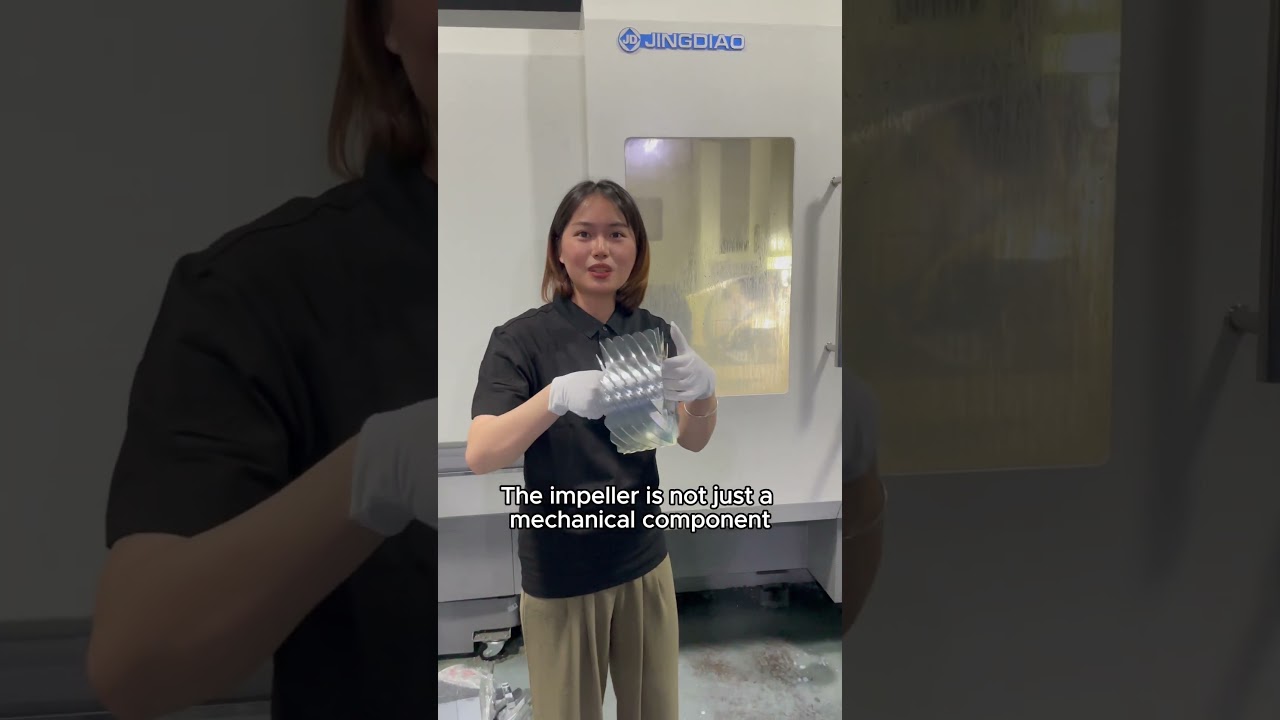Precision Manufacturing of Impellers with Five-Axis Machining: Achieving Perfection within the 0.05mm Tolerance Range
In the modern era of precision engineering, the demand for high-performance impellers has never been higher. With the increasing need for efficiency, reliability, and precision in various industries, such as aerospace, automotive, and oil and gas, manufacturers are constantly seeking to push the boundaries of what is possible. One of the key technologies that has been able to meet these demands is five-axis machining, also known as five-axis CNC machining. In this blog post, we will delve into the world of precision manufacturing of impellers with five-axis machining, exploring the opportunities, challenges, and benefits of this cutting-edge technology.
What is Five-Axis Machining?
Before we dive into the world of precision manufacturing of impellers with five-axis machining, it is essential to understand the basics. Five-axis machining is a type of CNC (Computer Numerical Control) machining that allows for the simultaneous movement of the spindle and table in five axes: three linear axes (X, Y, and Z) and two rotational axes (A and C). This additional rotation of the table enabled by the C-axis allows the cutting tool to approach the workpiece from any angle, rendering it possible to achieve complex, five-sided machining operations.
Benefits of Five-Axis Machining in Impeller Manufacturing
The precision manufacturing of impellers with five-axis machining offers a multitude of benefits, including:
- Increased accuracy: By using five-axis machining, manufacturers can achieve tighter tolerances, with precision to within 0.05mm, meeting the demanding specifications of the aviation, aerospace, and other high-performance industries.
- Reduced material removal: The ability to machine complex shapes and geometries in a single setup reduces the need for additional operations, such as grinding or drilling, resulting in increased efficiency and reduced production costs.
- Improved surface finish: The precision provided by five-axis machining enables the production of impellers with surface finishes that are smoother and more consistent, reducing the risk of erosion and corrosion.
- Enhanced product durability: The increased accuracy and precision offered by five-axis machining result in impellers that are more robust and durable, withstanding the harsh conditions found in high-performance applications.
Challenges and Limitations of Five-Axis Machining in Impeller Manufacturing
While five-axis machining has revolutionized impeller manufacturing, it also presents several challenges and limitations, including:
- Complexity: The process requires highly skilled technicians, advanced manufacturing equipment, and sophisticated software, making it more expensive and time-consuming than traditional machining methods.
- Time-consuming setup: The complexity of five-axis machining requires lengthy setup times, which can lead to increased cycle times and reduced productivity.
- Limited accessibility: The need for highly advanced equipment and expertise restricts the accessibility of five-axis machining to a limited number of manufacturers, resulting in a smaller global supply chain.
Case Study: XYZ Aerospace’s Five-Axis Machining Solution for Impeller Manufacturing
XYZ Aerospace, a leading manufacturer of high-performance impellers, has been at the forefront of implementing five-axis machining in their production process. By investing in advanced equipment and training their technicians, the company has been able to achieve unparalleled precision, producing impellers with tolerances as low as 0.05mm.
In this case study, we will explore how XYZ Aerospace’s implementation of five-axis machining has resulted in:
- Reduced production costs through reduced material removal and optimized machining processes
- Improved product quality and reliability through the reduction of errors and scrap rates
- Enhanced customer satisfaction through the meeting of demanding specifications and tight tolerances
Conclusion
The precision manufacturing of impellers with five-axis machining is a rapidly evolving field, with significant benefits and challenges. While the technology presents a range of opportunities for manufacturers to improve the quality, accuracy, and efficiency of their processes, it also requires significant investments in infrastructure, training, and expertise. By understanding the benefits and limitations of five-axis machining, manufacturers can make informed decisions about their own implementation and ensure the production of high-performance impellers that meet the demands of the global market.

















